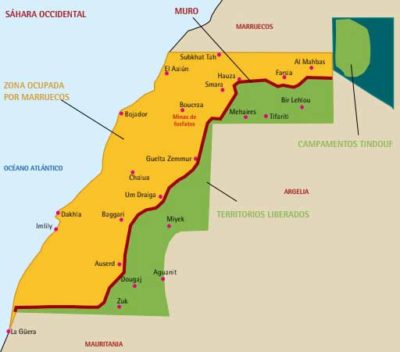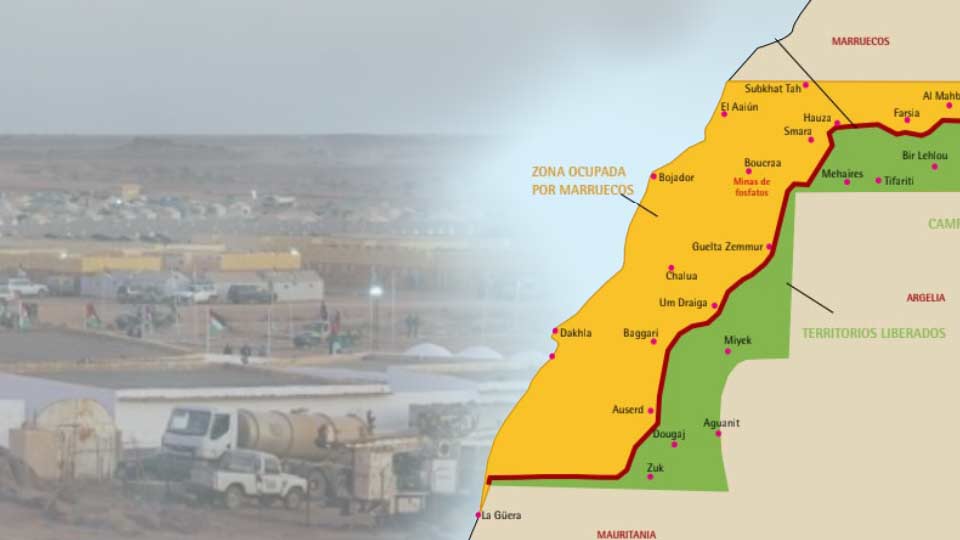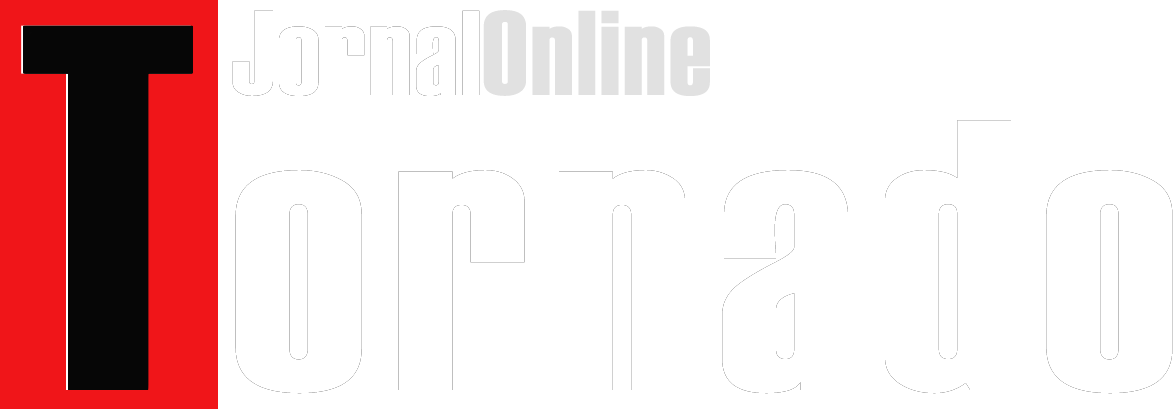New impetus in the conflict in Western Sahara
The Democratic Saharawi Arab Republic has decided to rebuild and repopulate the Liberated Areas of its territory that extend from Algeria to Mauritania and along the military separation wall built by Morocco that forms a barrier to access the occupied territories.
 The Democratic Saharawi Arab Republic (SADR) has decided to rebuild and repopulate the Liberated Areas of its territory that extend from Algeria to Mauritania and along the military separation wall built by Morocco that forms a barrier to access the occupied territories. A decision that could lead to a profound change in the conflict in Western Sahara since the liberated territories have access to the Atlantic and their reconstruction and repopulation open doors to economic activities and demographic change.
The Democratic Saharawi Arab Republic (SADR) has decided to rebuild and repopulate the Liberated Areas of its territory that extend from Algeria to Mauritania and along the military separation wall built by Morocco that forms a barrier to access the occupied territories. A decision that could lead to a profound change in the conflict in Western Sahara since the liberated territories have access to the Atlantic and their reconstruction and repopulation open doors to economic activities and demographic change.
Salem Lebsir, Saharawi minister for the reconstruction and repopulation of the liberated areas, initiated a visit to the liberated regions accompanied by a large delegation. Brahim Ghali president of SADR and General Secretary of the Polisario Front announced the plan for repopulating and reconstruction last weekend, stating that the objective is to build infrastructures in the liberated territories that will allow the strengthening and consolidation of the Saharawi’s sovereignty over their territory.
“Our presence in the regions we liberated is valuable and a challenge to all the enemy’s difficulties and ambitions. This forces us to take decisive steps and to take initiatives in the reconstruction of other regions of the Saharawi state”, he stressed.
This measure was one of the main recommendations of the XV congress of the Polisario Front in December 2019.
The provisional capital of SADR is Bir Lehlu, since the capital of Western Sahara, the city of El Aaiun, has been under Moroccan occupation since 1975. It was in Bir Lehlu that a series of meetings with officials from the municipalities and the military began to assess needs, establish priorities and collect proposals.
Mohamed Zrug, delegate of the Polisario Front in Andalucia explained to the Spanish agency EFE that the intention is, on the one hand, to consolidate Saharawi sovereignty in the liberated territories: more and better administrative presence of the SADR, and on the other hand to make concrete efforts to dignify the life of the Saharawi people: that is, more and better social services for the population in the liberated territories.
Zrug says that this plan has a clear political reading against the existing blockade from the outside that opposes a just and lawful solution to the Saharawi conflict in a clear collusion of certain countries with the Moroccan Policy to ignore the solution. “Saharawis have the right to bet on solutions that do not jeopardize their future,” added Zrug to EFE.
In his opinion, this is another form of resistance and “this commitment to build the future in the liberated part of our country, from north to south, is an approach, an exit that everyone must support, because it means that the Saharawis look to the future, have hope for freedom. It’s a bet for peace. ”
15 non-governmental organizations, mostly Spanish, have already declared their support for this project.
Political consequences
SADR is recognized by more than 80 countries worldwide and a founding member of the African Union. The Polisario front, the Saharawi national liberation movement is the legitimate representative of the Saharawi people at the United Nations. In deciding in this way to consolidate the borders and presence in the liberated territories, a new impulse is given in the political arena. Furthermore, the fact that the liberated territories include access to the Atlantic in the small town of La Guera may, in the future, boost new productive activities.
The deliberate stalemate on the part of Morocco in resolving the conflict that should have ended in 1991 with the celebration of the self-determination referendum that was the basis of the ceasefire agreement when Polisario was winning the war, is now highlighted with this decision .
We recall that Morocco announced the construction of a railroad that would go to the liberated territories in the buffer zone of El Guergarat and near La Guera, with the reinforcement and repopulation by the Saharawis, this project (illegal and contrary to international law) is no longer easy to implement.
The expansion of the presence of SADR in the liberated territories and the reinforcement of infrastructures may even lead to a new outlook on the part of the international community about the conflict.
Also, the Moroccan drug trafficking that has intensified in recent years, crossing the liberated territories and the buffer zone will thus be more easily detected and prevented, further increasing the seizures and destruction of drugs by the Saharawi authorities.

Receba a nossa newsletter
Contorne o cinzentismo dominante subscrevendo a Newsletter do Jornal Tornado. Oferecemos-lhe ângulos de visão e análise que não encontrará disponíveis na imprensa mainstream.




